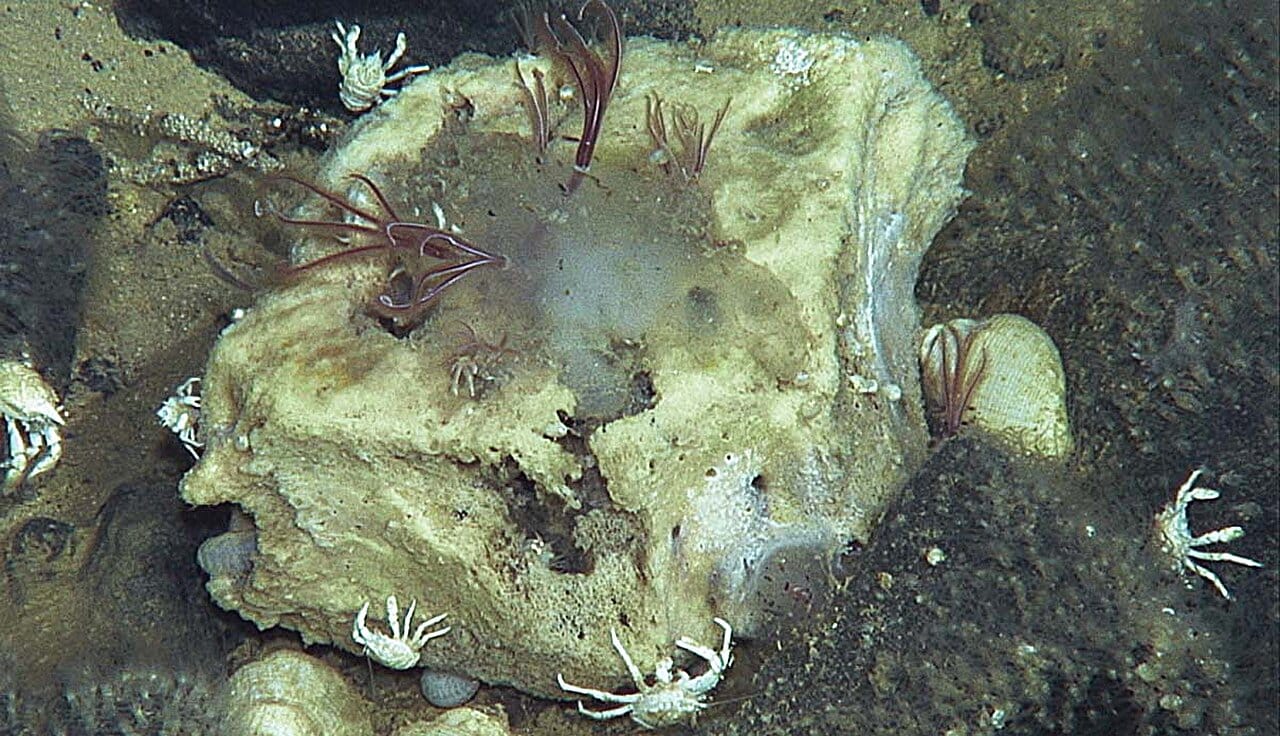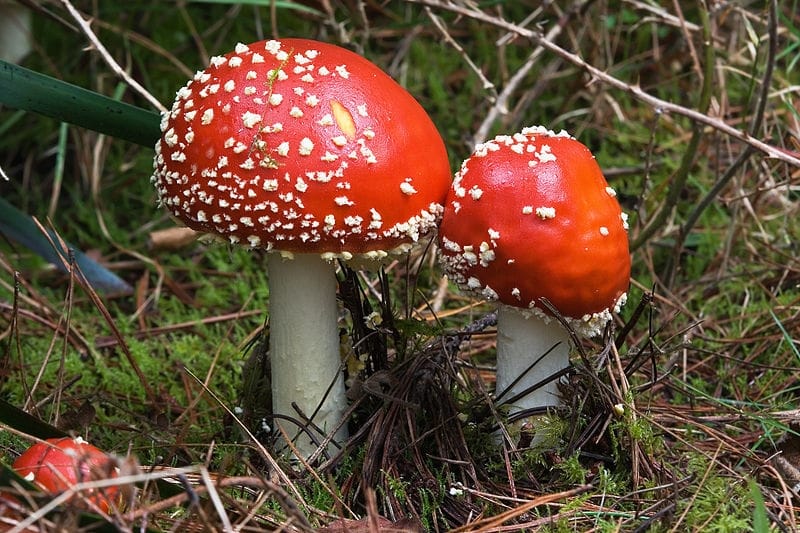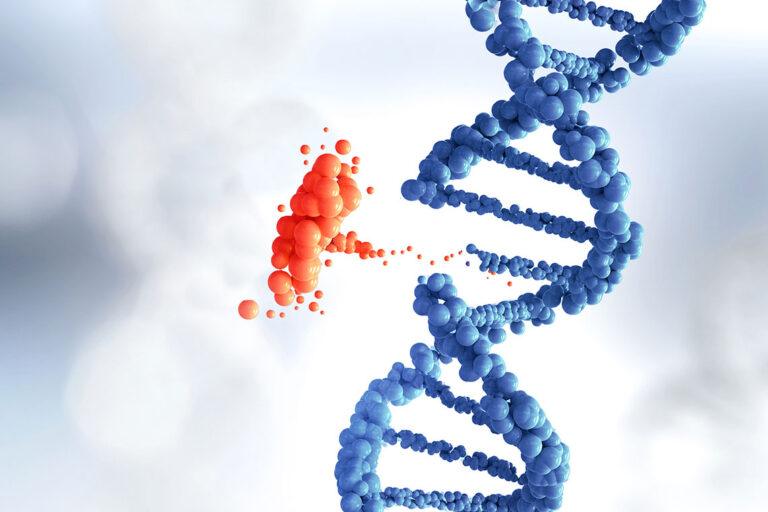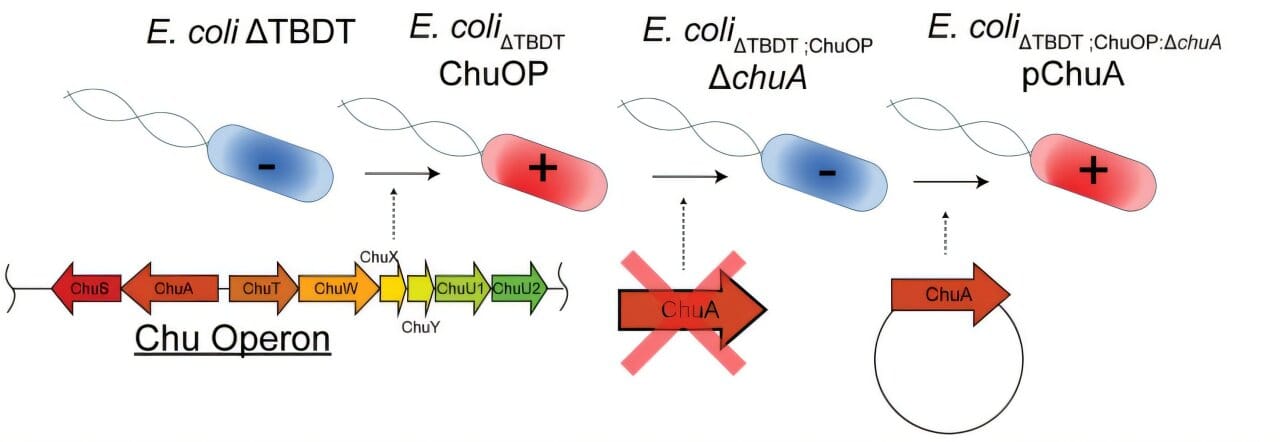Proteins are the unsung heroes of life. They are the enzymes that catalyze chemical reactions, the messengers that relay signals between cells, the antibodies that protect us from disease, and the structural scaffolding that holds our cells—and by extension, our bodies—together. They are the ultimate builders and executors of life’s intricate machinery. But how are these marvelous molecules made? How does a strand of DNA tucked away in the nucleus become a functional protein operating in the bustling cytoplasmic factory of a living cell?
The answer lies in a beautiful, elegant process that unfolds every moment in every living organism: the flow of genetic information from DNA to RNA to protein, known as the central dogma of molecular biology. The journey begins with transcription, where the DNA’s genetic code is transcribed into messenger RNA. Then comes translation, when the RNA message is decoded and transformed into a chain of amino acids that folds into a protein. This dance of molecules, precise yet adaptable, is the story of how life constructs itself at the molecular level.
DNA: The Silent Architect
Before diving into the intricacies of transcription and translation, we must first appreciate the molecule that starts it all—DNA. Deoxyribonucleic acid is not a noisy molecule. It doesn’t jump, react, or signal; it simply sits there in the nucleus of each cell, coiled tightly into chromosomes, holding the complete instructions for building and running an organism. It is a library of life written in a four-letter alphabet: A (adenine), T (thymine), C (cytosine), and G (guanine).
Each gene within this library is a segment of DNA that encodes instructions to make a specific protein. Genes are not isolated entities—they are parts of an interactive genome, influenced by epigenetics, environment, and regulatory elements. But when the time is right—when the cell receives a signal, or when a developmental stage demands it—a gene is read. And that’s where transcription begins.
Transcription: Writing the Message of Life
Transcription is the first step in the expression of a gene. Imagine it as a scribe copying a sacred text. The DNA is the master manuscript, and the cell needs a temporary, mobile copy that can travel to the site where proteins are made. This temporary copy is messenger RNA, or mRNA.
The process of transcription begins with a signal—perhaps a hormone, a growth factor, or an environmental cue—that tells the cell it’s time to express a gene. Specialized proteins known as transcription factors recognize and bind to specific sequences near the beginning of the gene, called promoters. These transcription factors act like scouts, recruiting the main enzyme of transcription: RNA polymerase.
RNA polymerase is the molecular workhorse of transcription. Once recruited to the promoter, it pries apart the two strands of the DNA double helix and begins reading one of them—the template strand. Moving along the DNA like a train on a track, RNA polymerase adds RNA nucleotides that are complementary to the DNA bases: adenine pairs with uracil (instead of thymine in RNA), and cytosine pairs with guanine.
The newly formed RNA strand grows base by base. This process is remarkably accurate but also responsive to cellular conditions. It’s not just mechanical copying; it is a finely tuned orchestration. When RNA polymerase reaches a specific sequence signaling the end of the gene, it stops, releases the mRNA strand, and detaches from the DNA. The mRNA is now free to journey out of the nucleus.
But in eukaryotic cells, transcription doesn’t end with the creation of a raw mRNA molecule. This early transcript, called pre-mRNA, must be processed before it can be translated. A cap is added to the 5′ end for protection and recognition, a poly-A tail is added to the 3′ end for stability, and splicing occurs—where non-coding sequences called introns are removed, and the coding segments called exons are stitched together. Only then is the mRNA mature and ready for its next adventure.
Leaving the Nucleus: The Messenger Departs
The mature mRNA transcript is like a diplomat carrying a sealed message across the guarded border of the nucleus. The nuclear envelope is no ordinary membrane—it has selective pores that regulate traffic in and out. The mRNA, now equipped with its 5′ cap and poly-A tail, is recognized by nuclear export proteins and guided through the nuclear pore complex.
As it enters the cytoplasm, the mRNA finds itself in a crowded, bustling environment. This is the cytosol, the watery interior of the cell, filled with organelles, structural proteins, enzymes, and constant molecular motion. It is here that the second phase of protein synthesis will unfold—translation.
Ribosomes: The Ancient Translators
At the heart of translation lies the ribosome, one of the most ancient and vital machines in biology. Ribosomes are not made of protein alone; they are complex structures composed of both proteins and ribosomal RNA (rRNA). They exist either freely floating in the cytosol or attached to the endoplasmic reticulum, forming what’s known as the rough ER.
The ribosome’s job is to read the mRNA code and assemble a protein accordingly. But it cannot do this alone. It relies on another essential player: transfer RNA, or tRNA.
Each tRNA molecule has two critical parts. One end carries a specific amino acid—the building block of a protein. The other end has a sequence of three nucleotides called an anticodon, which is complementary to a three-letter sequence on the mRNA called a codon. This codon-anticodon match is how the ribosome knows which amino acid to add next to the growing protein chain.
Translation: Reading the Language of Life
Translation begins when the ribosome assembles around the start of the mRNA molecule. It scans the mRNA until it finds the start codon—AUG—which codes for the amino acid methionine. This codon is like the capital letter that signals the beginning of a sentence. With methionine in place, the ribosome begins its march along the mRNA.
For every codon the ribosome encounters, a matching tRNA molecule delivers the corresponding amino acid. The ribosome catalyzes a chemical reaction that links these amino acids together with peptide bonds. One by one, the chain grows—flexible and lifeless at first, but already coded with the instructions to fold into a specific, functional shape.
The ribosome moves in steps, reading the mRNA codon by codon, tRNA by tRNA, amino acid by amino acid. It is an astonishingly efficient process. In bacteria, a ribosome can translate a protein at a rate of 20 amino acids per second. In humans, the rate is slightly slower, but the precision is breathtaking.
Eventually, the ribosome reaches a stop codon—a sequence (UAA, UAG, or UGA) that does not correspond to any amino acid. At this signal, release factors bind to the ribosome, and the entire machinery disassembles. The newly formed polypeptide chain floats free into the cytoplasm.
Protein Folding: From Chain to Function
But the story doesn’t end with a loose chain of amino acids. A protein is not a string—it is a three-dimensional structure with loops, helices, and folds. The sequence of amino acids determines how the chain will fold, driven by chemical interactions: hydrogen bonds, hydrophobic forces, ionic bonds, and van der Waals forces.
Folding is not random. It is guided both by the physical properties of the amino acids and by helper proteins known as chaperones. These molecular assistants ensure that the protein folds correctly and doesn’t get tangled along the way. A misfolded protein can be useless—or worse, toxic. Diseases like Alzheimer’s and Parkinson’s are linked to protein misfolding and aggregation.
Once folded, the protein may undergo further modifications. Sugars might be added (glycosylation), phosphate groups might be attached (phosphorylation), or parts of the protein might be cleaved to activate it. These modifications fine-tune the protein’s function, location, and lifespan.
Finally, the mature protein is either deployed where it’s needed—embedded in a membrane, secreted out of the cell, or kept in the cytosol—or it’s stored for later use. The mission is complete. From gene to protein, the journey has unfolded in a microscopic drama of breathtaking complexity and elegance.
Regulation: Precision in Every Step
The process of protein synthesis is not left to chance. It is one of the most tightly regulated activities in the cell. Transcription is controlled by transcription factors, enhancers, silencers, and epigenetic markers like DNA methylation and histone modification. Translation is regulated by availability of ribosomes, tRNA molecules, and initiation factors.
Environmental conditions, energy levels, and signals from other cells all influence the rate and accuracy of protein synthesis. This dynamic regulation ensures that proteins are made when needed, in the right amounts, and in the right cells.
Cells also use feedback mechanisms to maintain balance. If too much of a protein is made, it can inhibit its own production. If a protein is no longer needed, it can be tagged for destruction by a molecule called ubiquitin and fed into the proteasome—a cellular recycling center.
Errors and Evolution
Despite its precision, the process is not infallible. Errors in transcription or translation can occur, sometimes leading to malfunctioning proteins. Most of these mistakes are harmless or quickly corrected. But occasionally, a single change—a mutation—can have profound consequences. A missense mutation might swap one amino acid for another. A nonsense mutation might introduce an early stop codon. A frameshift mutation might alter the reading frame entirely.
While many mutations are deleterious, some confer advantages. Over evolutionary time, these mutations can give rise to new proteins, new functions, and new forms of life. The genetic code itself is a product of evolution—robust, redundant, and optimized for error tolerance.
The Beauty of the Central Dogma
The process of transcription and translation is more than just molecular machinery. It is the very essence of life. Every thought, every movement, every heartbeat is powered by proteins built through this process. It is as if the genome whispers its instructions, and the cell listens, interprets, and acts—again and again, across billions of cells, every second of life.
When we reflect on how proteins are made, we are looking at the core of biological identity. The flow of information from DNA to RNA to protein is not merely a biological mechanism—it is a story. A story of inheritance, of regulation, of transformation. It is a story written in molecular characters but echoed in the rhythms of life itself.






